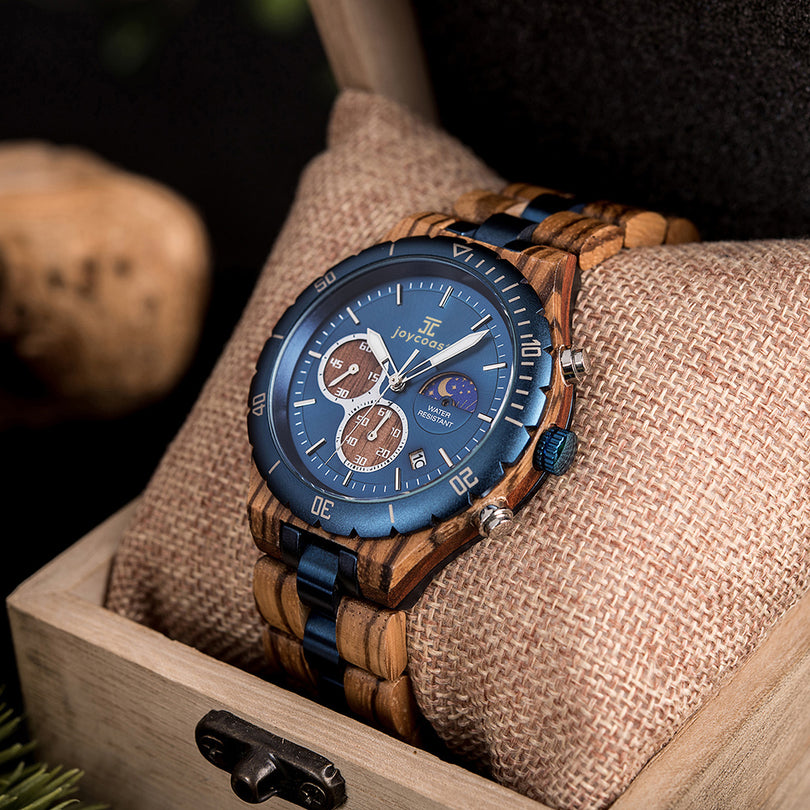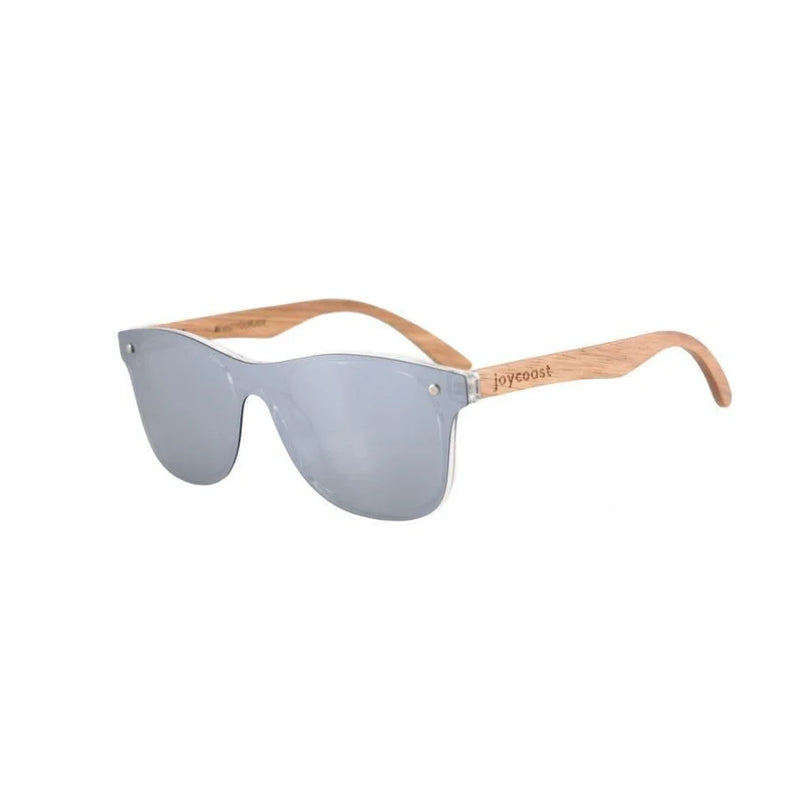Among the various exotic plants that thrive in Asia, bamboo is one of the most famous across multiple industries. It can be used for food, building material, and even biofuel. It has numerous uses and researchers are continuously finding more ways to utilize this plant for our convenience.
This article will talk about what bamboo can offer along with its various uses and facts. Without further ado, let’s get started.
What is a Bamboo Plant?
When someone brings up the word ‘bamboo’, you would probably think of panda food or maybe even garden decoration. You may even picture it as a building material used for walling. First and foremost, bamboo is actually a type of grass as it grows at a fast rate. However, it isn’t your average type of grass as some may grow up to 130 feet tall.
There are about over 1,400 species of bamboo, with every species growing to different heights. Regardless of the species, a bamboo plant can grow up to its maximum height in a single growing season. As it reaches the maximum height, it starts to sprout branches rather than exceed its maximum height.
What are the Different Uses of Bamboo?
As mentioned in the introduction, bamboo has been used in a variety of ways throughout the centuries. It is very versatile in terms of use and because of that you can never associate bamboo with just one thing.
Here are some properties that make bamboo a jack of all trades:
- Light-weight and Durable - Its sturdy exterior can be used as construction material as it is tough enough to compete with traditional materials. Its hollow core makes it lighter and contributes to lessening the structure’s load.
- It has shallow roots - This makes bamboo plantable in soil that may not be ideal for other plants. You can plant bamboo in rocky soil, which is something you cannot do with the typical tree. This allows for easy planting and maintenance.
- Sustainable - According to ForeverBamboo.com, a crop of bamboo can yield materials up to 50 years. This way, you can save time and money on continuously replanting and focus on selling the materials. It doesn’t need as much attention compared to other plants, as well.
This is only a few out of the many wonderful properties of bamboo. With these, the plant can be utilized in a plethora of ways. Here are a few of the various ways you can use bamboo:
- Construction Material - It’s durability and lightweightedness makes it a perfect construction material for those looking to build sturdy but light structures.
- Medicine - Bamboo has been used in traditional Chinese and Japanese medicine, treating asthma, coughs and many other ailments.
- Food - We all can associate bamboo with giant pandas, with the former being the latter’s main source of food. A Chinese giant panda can consume 80 pounds of bamboo in a day.
- Musical Instruments - A variety of musical instruments can be made out of bamboo. These include xylophones, drum sticks, slit drums, chimes, maracas, guitars, ukuleles, violins, and pipe organs.
These are just a few examples of how bamboo can be used in our everyday lives. If we were to make a full list, it would take a really long time to read. This goes to show how versatile bamboo really is.
Is Bamboo Eco-Friendly?
Yes, bamboo is considered an eco-friendly material. A huge factor that makes the plant eco-friendly is its ability to absorb carbon dioxide and produce oxygen. It actually produces 35 percent more oxygen that your typical tree and absorbs about 12 tonnes of carbon dioxide per hectare in a year.
It doesn’t just give oxygen, bamboo can also prevent flooding. Its root network slows down the water flow and absorbs the excess water thus preventing flooding in your area. But for every upside, there will always be a downside. Bamboo plants may be eco-friendly but the process of acquiring them is not.
Large lands are being cleared to make way for bamboo plantations, disturbing the ecosystem of those areas. Another downside is the by-product of exporting. Most bamboo production on a commercial scale takes place in China. Imagine the carbon footprint produced by exporting to far-flung places such as the US and Europe.
Regardless of the downsides, bamboo is still a good alternative for materials such as plastic utensils and the like. The by-products caused by the production of plastics as well as the wastes are far more destructive compared to the downsides mentioned earlier.
Is Bamboo Wood Sustainable?
Yes, bamboo is also considered a sustainable material. This is because of its rapid growth compared to other hardwoods and softwoods. As mentioned earlier, it could reach its maximum height in just one growing season making it very easy to replace once harvested.
Producing bamboo material takes less effort and energy. Along with its ability to regrow quickly, this makes bamboo more sustainable compared to its counterparts such as wood and steel.
What is Bamboo Charcoal?
Bamboo charcoal is a component of medicine used in Asia and is also used as a filtration medium in countries such as Japan and China. It is considered an environmentally friendly deodorizer and purifier and can be used for a lot of other purposes as well.
The typical commercial air fresheners may give off a nice scent, but sometimes it mixes with the bad odor in the air creating a much more unpleasant smell. It can also trigger allergic reactions and asthma. Bamboo charcoal, on the other hand, simply absorbs and removes the stench from the air without giving off any scent.
It is eco-friendly and fragrant-free, which makes it best for cars and rooms. This makes breathing a lot easier.
You Might Ask
Is bamboo a strong wood?
Yes, bamboo has a higher tensile strength than many steel alloys and a higher compressive strength than many concrete mixtures. This makes bamboo a strong wood compared to its material counterparts.
Why is bamboo wood good?
Along with its strength and durability, it is also very sustainable due to its rapid growth rate. It is very versatile in terms of use as it is able to act as construction material, decoration, instruments and many more. This makes bamboo wood better than most hardwoods and softwoods.
Is bamboo cheaper than wood?
Bamboo plants are not that hard to regrow after harvesting, which makes the raw material relatively cheap. With this, bamboo is actually a cheaper option than your typical hardwood, which takes a longer time to grow.
Is bamboo wood water resistant?
Yes, this is because bamboo plants have similar properties to grass, as they are in the same family. This makes bamboo more water resistant compared to hardwood. Although it is water resistant, water can still damage the material if exposed to an excessive amount.
How much does bamboo cost?
Bamboo is usually sold in 1,5, 15, and 25-gallon containers, with a number of culm varying per container. A bamboo in a 15-gallon container will cost anywhere from $150 to $275. Overall, the cost can range anywhere from $10 to $400, depending on the variety and size of the bamboo.
Conclusion
Bamboo is one of the most sustainable and eco-friendly materials available and people have been taking notice. It is also extremely versatile and durable that it can be compared to the likes of hardwood and steel. Not only that, it is also relatively cheaper than its counterparts. With all of that said, you should consider using bamboo for your next project. Be it a house or a simple garden, bamboo is the plant for you.
















